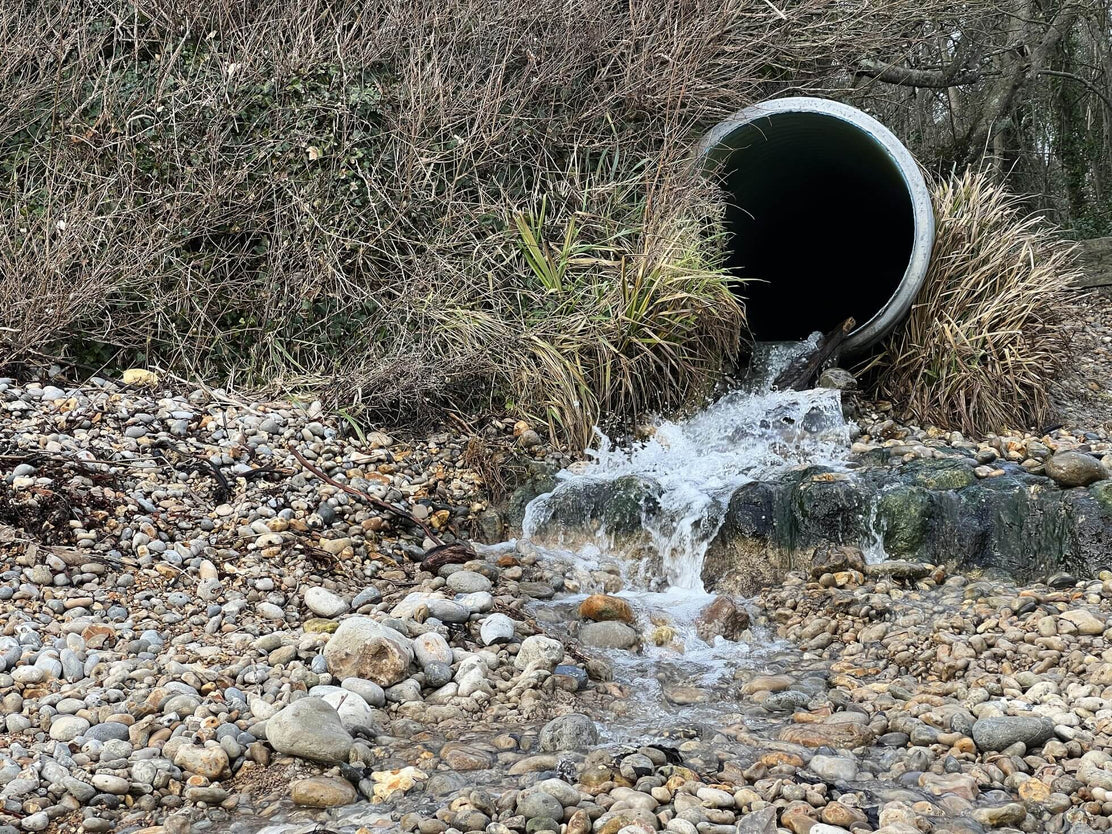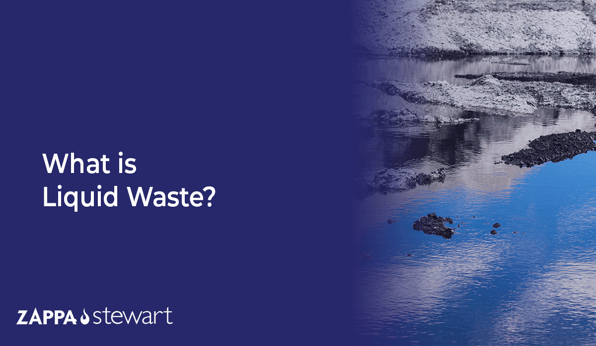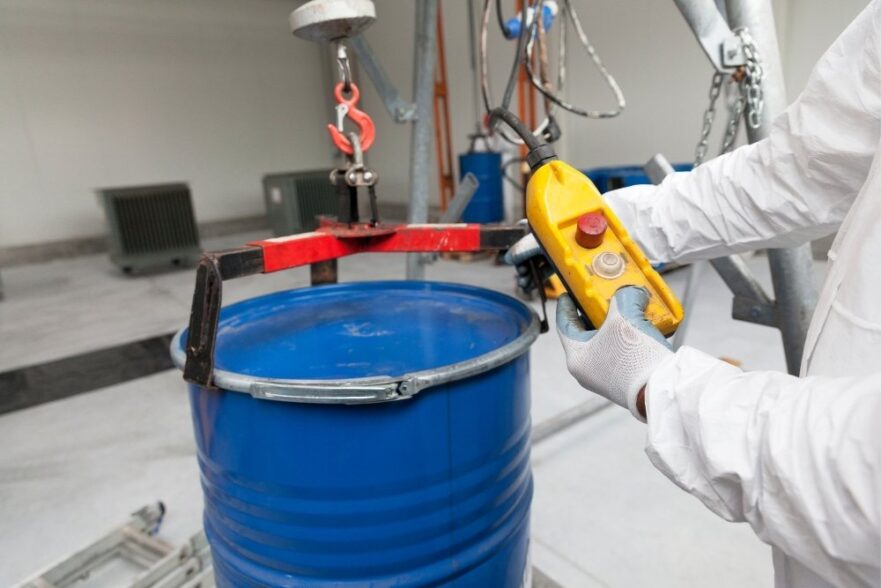Leading Industrial Wastewater Treatment Solutions: Making Sure Compliance and Effectiveness
Leading Industrial Wastewater Treatment Solutions: Making Sure Compliance and Effectiveness
Blog Article
How Liquid Garbage Disposal Works: A Thorough Review of Methods and Technologies Utilized

Introduction of Fluid Waste Kind
The intricacy of liquid waste kinds requires a complete understanding of their attributes and ramifications for disposal. Fluid waste can broadly be categorized right into numerous types, consisting of industrial, municipal, farming, and harmful waste. Each group exhibits distinct homes, needing particular administration methods to alleviate ecological and health and wellness threats.
Industrial fluid waste originates from manufacturing processes and usually includes a variety of impurities, such as heavy metals, solvents, and natural compounds. Metropolitan liquid waste, mostly comprising wastewater from homes and industrial establishments, consists of organic matter, nutrients, and microorganisms (industrial wastewater treatment). Agricultural fluid waste, consisting of runoff from ranches, might include fertilizers, chemicals, and pet waste, posturing threats to water quality and communities
Unsafe fluid waste is defined by its poisoning, sensitivity, or prospective to cause damage. This category includes materials like acids, bases, and certain chemicals that necessitate rigorous handling and disposal protocols. Recognizing these varied liquid waste types is crucial for establishing effective disposal approaches and ensuring conformity with ecological policies. Appropriate classification and characterization are necessary for implementing ideal therapy techniques and decreasing the damaging influences on public health and the setting.
Physical Treatment Methods

Testing is the initial step, where larger particles and debris are eliminated from the liquid waste making use of displays or grates. This process secures downstream tools from damage and ensures smoother procedure. Following testing, sedimentation uses gravitational pressure to different solids from liquids. In sedimentation containers, larger fragments clear up near the bottom, forming a sludge layer, while the cleared up liquid can be additional dealt with.
Filtering is another necessary method that includes passing the fluid through porous products, such as sand or membrane layers, to catch smaller fragments. This action improves the high quality of the liquid, making it ideal for subsequent therapy processes.

Chemical Treatment Strategies
Chemical therapy methods are essential for successfully handling liquid waste, especially in resolving liquified and colloidal pollutants that physical approaches might not appropriately remove. These strategies utilize numerous chemical representatives to neutralize, speed up, or change unsafe compounds into much less damaging kinds.
One common technique is coagulation and flocculation, where chemicals such as alum or ferric chloride are contributed to advertise the gathering of put on hold particles. This procedure improves sedimentation, enabling less complicated elimination of the resulting sludge. Furthermore, oxidation processes, using representatives like chlorine or ozone, are utilized to damage down intricate natural substances and microorganisms, providing the waste safer for discharge or more treatment.
Neutralization is an additional essential strategy, which readjusts the pH of acidic or alkaline waste streams to neutral degrees, protecting against prospective damage to downstream systems and the environment. Moreover, advanced oxidation processes (AOPs) make use of mixes of oxidants and ultraviolet light to deteriorate persistent pollutants, accomplishing a higher degree of therapy efficiency.
Biological Therapy Processes
Organic therapy procedures play an essential role in the monitoring of fluid waste by making use of microorganisms to decay raw material and reduce contaminant levels. These procedures can be extensively classified right into anaerobic and aerobic treatments, each using specific microbial neighborhoods to achieve reliable waste deterioration.
Cardio treatment entails making use of oxygen to help with the break down of organic products by bacteria. This procedure is typically executed in activated sludge systems, where aeration storage tanks give a helpful setting for microbial development, resulting in the oxidation of natural contaminants. The resultant biomass can be divided from dealt visit site with effluent via sedimentation.
In contrast, anaerobic treatment occurs in the lack of oxygen, relying upon various bacteria to break down raw material. This technique is especially advantageous for high-strength waste, as it generates biogas, an eco-friendly energy source, while reducing sludge production. Technologies such as anaerobic digesters are regularly employed in community and commercial applications.
Both anaerobic and aerobic biological treatments not only minimize the environmental effect of liquid waste but likewise help with source recuperation, making them important components of lasting waste management methods. Their efficiency, performance, and versatility sustain their widespread execution throughout numerous liquid waste disposal markets.
Emerging Technologies in Disposal
Ingenious techniques to fluid garbage disposal are swiftly progressing, driven by advancements in modern technology and an increasing focus on sustainability. Among these arising modern technologies, membrane layer bioreactors (MBRs) have actually obtained traction for their ability to combine organic treatment with membrane layer filtering, causing premium effluent that can be recycled in different applications. MBRs make it possible for smaller footprints and a lot more effective operations contrasted to standard systems.
An additional promising advancement is making use of anaerobic digestion incorporated with nutrient recuperation innovations, which not only deals with liquid waste but also generates biogas and recoups useful nutrients like nitrogen and phosphorus. This double advantage improves source performance and decreases environmental effect.
Furthermore, progressed oxidation processes (AOPs) are being taken on for the destruction of intricate natural toxins. These approaches use effective oxidants and stimulants to damage down impurities at the molecular level, providing a highly reliable solution for tough waste streams.
Additionally, the integration of man-made knowledge and artificial intelligence in waste management systems is maximizing operational performance and predictive upkeep, leading to decreased prices and improved ecological compliance. These technologies reflect a significant change towards more effective and sustainable liquid waste disposal methods.
Conclusion
In final thought, reliable fluid waste disposal demands a comprehensive understanding of various methods and technologies. By continuously advancing these methods, it comes to be possible to address the growing Visit Your URL obstacles associated with fluid waste, inevitably adding to ecological security and resource recuperation.
Liquid waste disposal is an essential facet of ecological monitoring, requiring a comprehensive understanding of different methods and technologies customized to various waste types. Liquid waste can extensively be categorized right into several types, consisting of commercial, metropolitan, farming, and harmful waste. Agricultural liquid waste, including overflow from ranches, may include fertilizers, pesticides, and pet waste, posing dangers to water high quality and ecosystems.
Different physical treatment methods play an essential duty in taking care of fluid waste effectively - industrial wastewater treatment.In final thought, reliable liquid waste disposal demands a comprehensive understanding of various strategies and technologies
Report this page